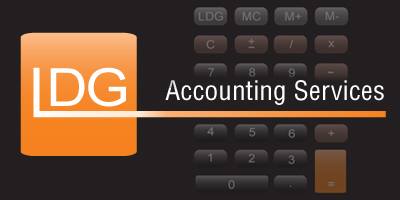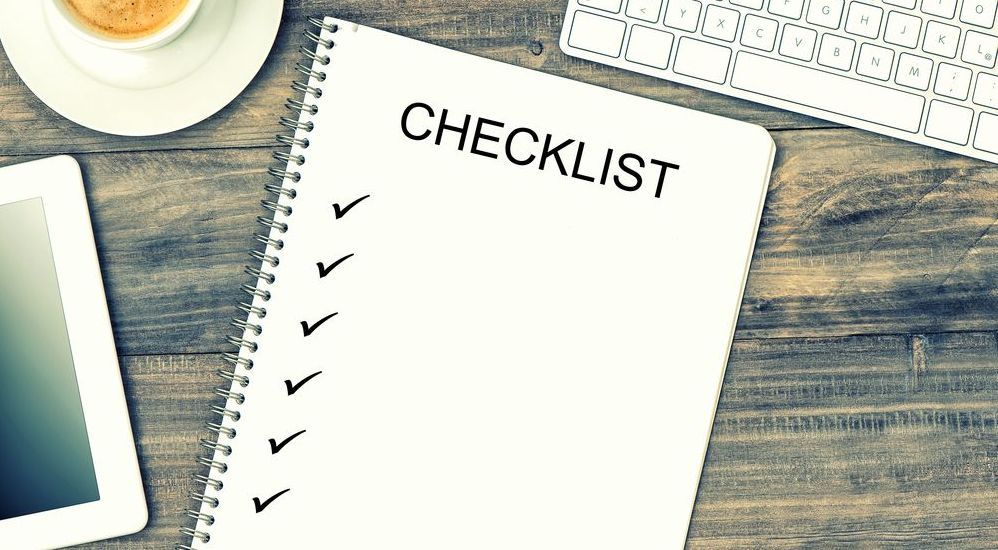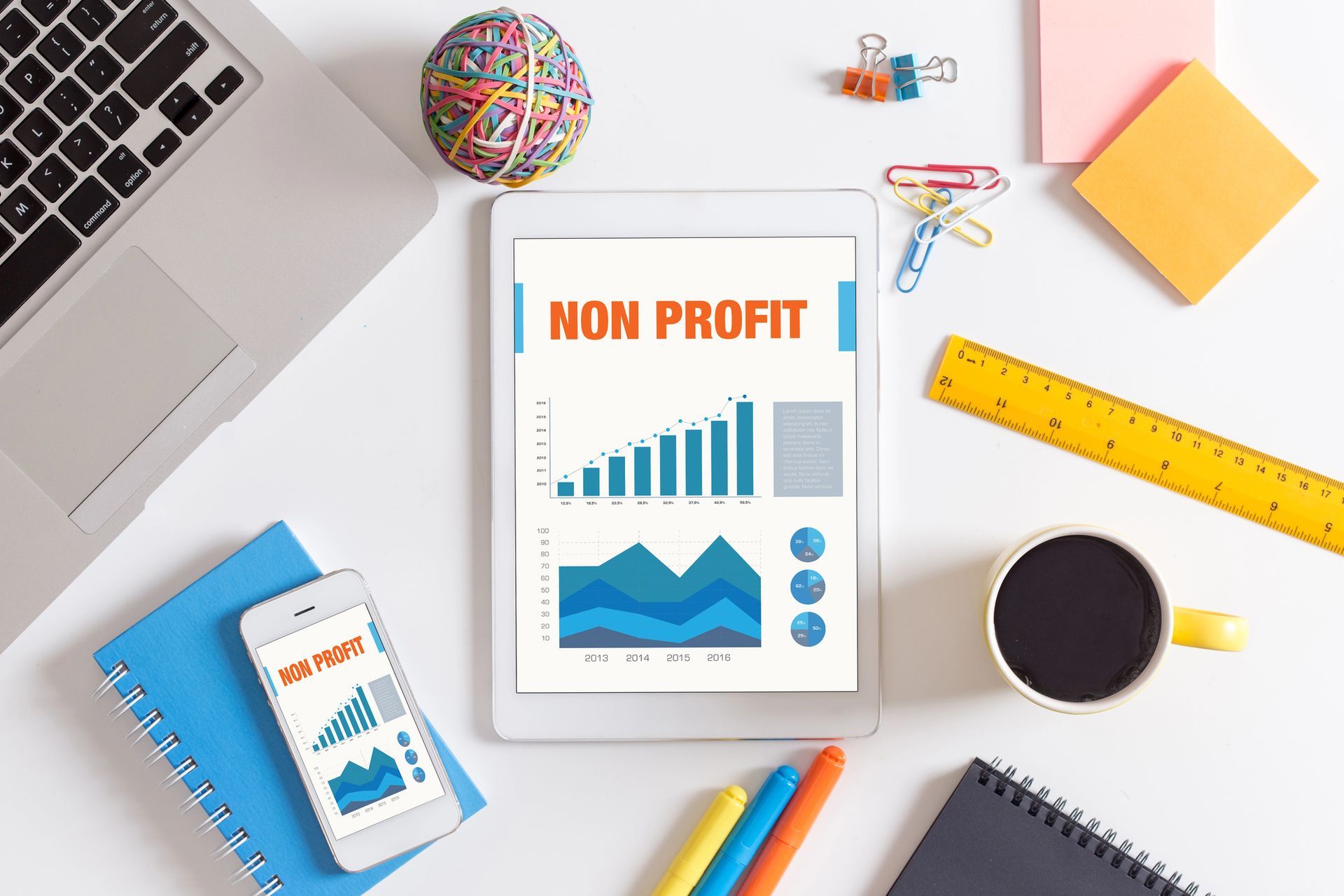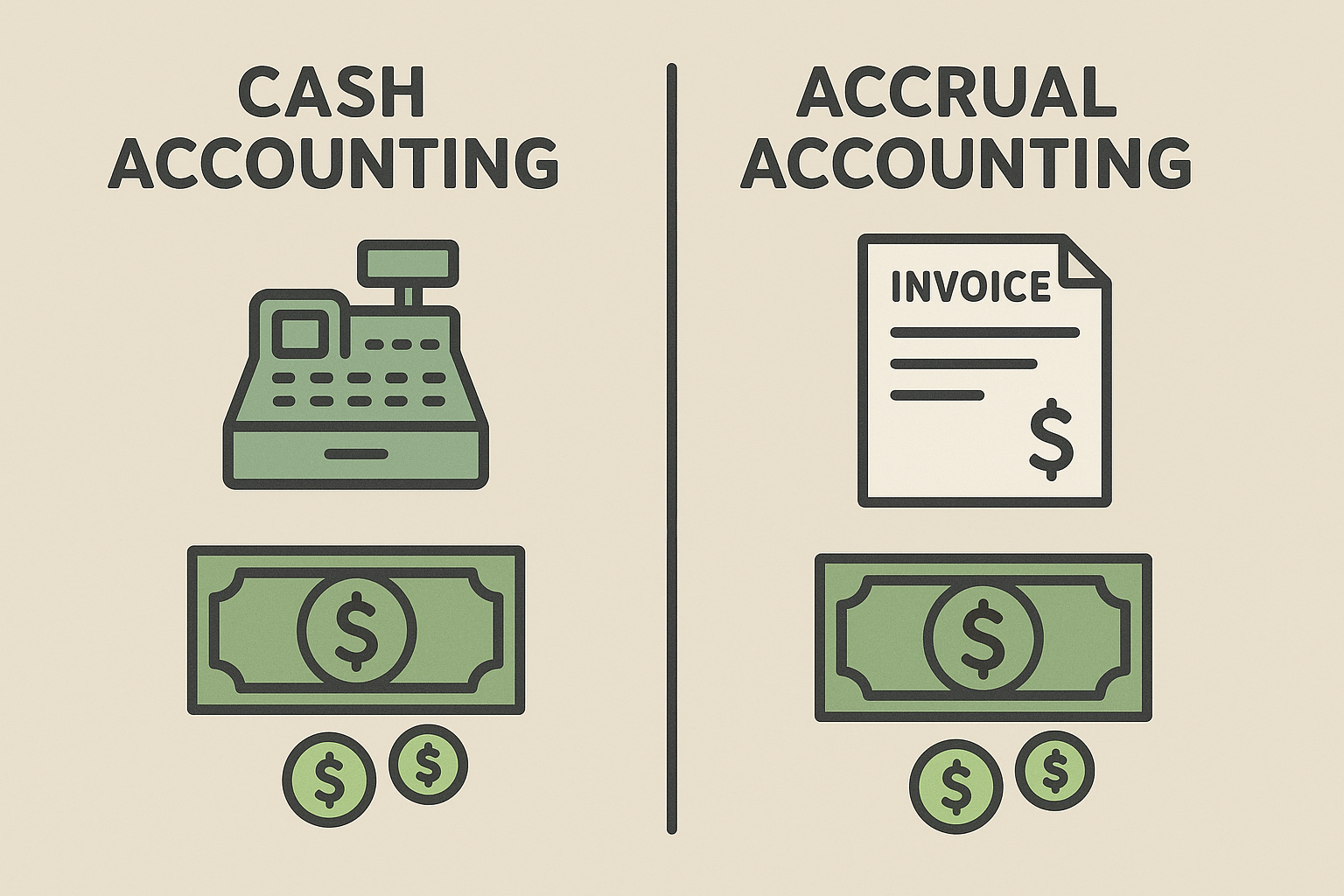Mid-Year Business Financial Review Checklist
LDG Accounting Services • July 17, 2025
1. Review Financial Statements (Jan–Jun)
- Analyze Profit & Loss Statement (Income Statement): profit trends, compare to last year.
- Review Balance Sheet: assets, liabilities, equity, cash position.
- Check Cash Flow Statement: operational cash flow sufficiency.
2. Compare Budget vs. Actual
- Highlight areas of over- or under-spending.
- Adjust the budget for the remainder of the year.
- Reassess income projections based on performance.
3. Evaluate Revenue Streams
- Identify most and least profitable products/services.
- Consider new revenue opportunities (upsells, pricing, new services).
4. Analyze Expenses
- Spot inefficiencies or overspending.
- Review subscriptions and vendor costs for savings opportunities.
5. Check Your Taxes
- Estimate year-end tax liability.
- Make estimated payments if necessary.
- Ensure tax records are up to date and organized.
6. Review Accounts Receivable & Payable
- Ensure invoices are paid on time.
- Follow up on overdue receivables.
- Manage vendor payments and take advantage of early-pay discounts.
7. Assess Key Performance Indicators (KPIs)
- Gross and net profit margins.
- Customer acquisition cost and average sale.
- Days sales outstanding (DSO).
8. Check Payroll & Contractor Costs
- Review staffing costs and productivity.
- Adjust roles or hours if needed to manage costs.
9. Update Financial Goals
- Evaluate progress toward 2025 goals.
- Adjust goals and targets for Q3 and Q4.
10. Meet with Your Accountant or Bookkeeper
- Review overall financial health and discuss tax planning.
- Assess business structure, major purchases, or growth plans.
Need Help Reviewing and Analyzing Your Small Business Finances?
We are here to help. The experienced team at LDG Accounting is here to assist you with your small business accounting and bookkeeping. Contact us today.











